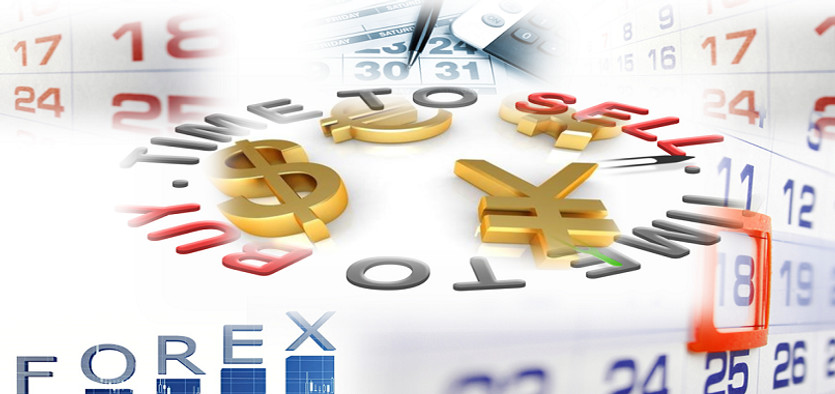The pound strengthens on Wednesday against the dollar and the euro ahead of the Bank of England meeting on Thursday. As of this writing, the EUR / GBP pair is traded near 0.8630, declining for the third consecutive trading day.
The pound is strengthening after the publication of positive macroeconomic statistics and on the eve of the second phase of lifting coronavirus restrictions in the UK (from May 17, all pubs, theaters, cinemas and almost all entertainment establishments will resume work).
Manufacturing PMI released on Tuesday indicated a continued recovery in this critical sector of the UK economy. As reported in Markit Economics, in April this PMI index rose to 60.9 points, which is higher than the forecast and the previous value of 60.7. The manufacturing sector forms a significant part of Britain's GDP, and the growth in activity in it speaks of an improvement in the business environment and the general state of the country's economy.
At the same time, the citizens of the country are actively spending money. Thus, the report on net lending to British individuals published on Tuesday indicated an increase in the volume of mortgage lending in March, rising to 11.3 billion pounds from 5.3 billion in February.
This report shows that consumers have a growing desire to spend. At the same time, according to the latest published data, unemployment in the UK fell by 0.1% over the last 3-month reporting period, to 4.9%.
Now investors will wait for the results of the meeting of the Bank of England, which will be held on Thursday. The bank's executives are expected to decide to keep the interest rate at the current level of 0.1%. But according to economists' forecasts, the volume of purchases of government bonds may be reduced from 895 to 875 billion pounds, which may indicate the beginning of the revision of the current policy of the bank towards its tightening. The bank may also noticeably raise forecasts regarding the pace of economic recovery.
And all these are positive factors for the pound. Recall that the decision of the Bank of England on rates will be published on Thursday at 11:00 (GMT).
Meanwhile, the euro remains under pressure, declining in crosses and against the dollar.
Despite the publication of positive macro statistics on Monday, which indicated that the manufacturing PMI for the Eurozone rose to 62.9 in April from 62.5 in March, the euro continued to decline on Tuesday, and the purchasing managers' indices (PMI) in the service sector showed that tightening quarantine measures were holding back economic activity. Thus, the PMI for the services sector in Germany for April was 49.9, indicating a decrease in activity compared with the previous month (the value of 50.1 in March marked the first increase in activity in six months).
A similar index of business activity in the services sector from Markit for the entire Eurozone came out today with a value for April 50.5. The composite PMI in April rose to 53.8 from 53.2 in March (readings above 50 indicate increased activity).
However, this was not enough for the euro to develop a steady upward trend, in particular against the pound. Nevertheless, the rate of vaccination against coronavirus and the lifting of restrictions in the UK is higher than in the Eurozone, and this leaves an imprint on the dynamics of the EUR / GBP pair. Below the resistance level 0.8655, preference should be given to short positions.
Today, market volatility may rise sharply at the start of the American trading session, when important US macro data is released.
*) at 12:15 pm, the ADP report on private sector employment, which is often a harbinger of the monthly official data of the US Department of Labor, will have a noticeable impact on the market, and at 14:00 (GMT) the PMI index of business activity (from ISM) in the service sector of the US economy will be published.





